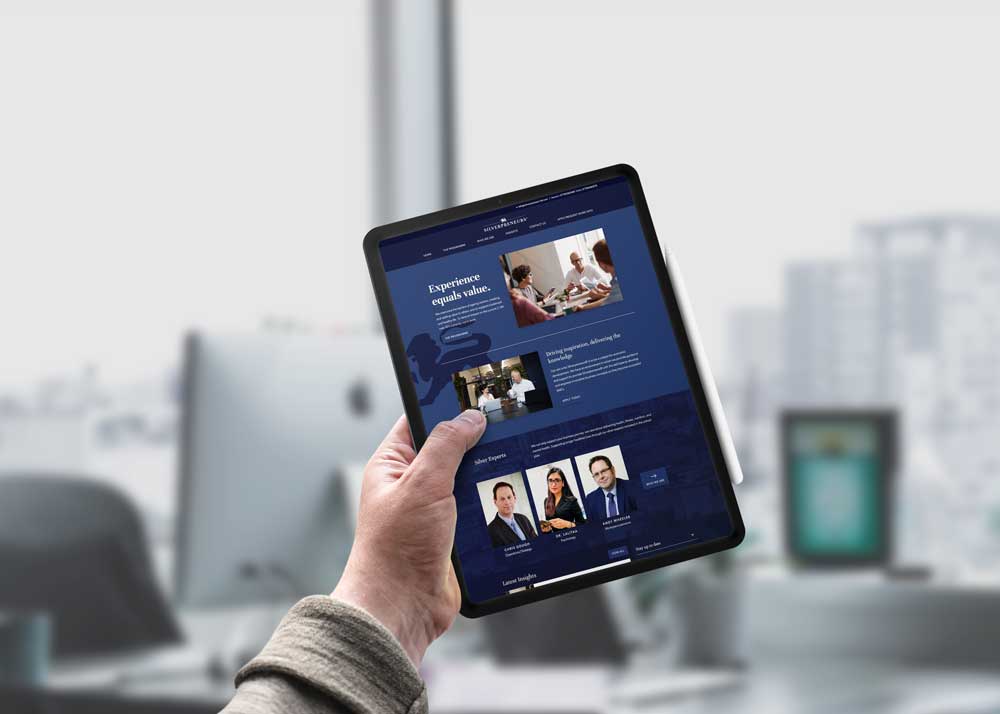If you invest in a website surely you would want it to perform at its absolute best? Oddly though there seems to be some unwritten rule that having a website, no matter how bad it looks, is better than nothing because “nobody really looks at it”. Obviously my view on this is going to be very biased but as a sales and brand asset shouldn’t we make the most out of our websites?!
Largely websites fall into 2 categories – those with a strategy behind them and those without.
Those with a strategy tend to have well considered designs, where the purpose of each page has been deliberately thought about and well presented. Most importantly the user journey has been carefully crafted to help guide the customer to take action. This doesn’t happen by throwing some images and text together and thinking that’ll do.
1. Shove it all on
My number one web design fail is the “shove it all on” and see what works approach. This typically happens when the website owner doesn’t know their customer and doesn’t really understand what they’re customers are looking for.
Usually this manifests in the same button being repeatedly plastered all over the site. “Get a quote”, for example, could appear on the main menu but also in the header artwork, fixed to the side of the page and in every available space.
In doing this, instead of making the button more visible, it actually makes it more of a distraction and a nuisance. Website users will often land on your website with a particular problem. If the website is plastered with irrelevant buttons it’s hard for the customer to decide whether or not you can solve their problem and that’s a shame because you most probably can.
On the flip side imagine if there was a strategy behind the website design. It’s likely that one of the first things to be completed would be a user persona document. These can be like gold dust and provide the design team with a really clear idea of who they are designing for. The designers would understand what the pain points are and what information should be shared first, thus enabling hierarchy to the page structure. Plus it means the copywriter can write really engaging headlines that immediately grab attention.
Your customers aren’t blind. If your website isn’t selling, then the answer isn’t to add more buttons because they “can’t find them”. It’s to understand your customers better and to give them a website design that supports their journey. Then, the only natural thing for them to do is get in touch because you’ve answered all their questions and have demonstrated you’re the team for them.
2. Grey Grey Grey
Grey might be the in colour for our interiors but grey websites are so the previous decade. Where in the rule book does it say that professional websites have to be grey (or blue for that matter)? We need to break this way of thinking.
With website builders like Wix and GoDaddy it’s no surprise that all websites are starting to look the same though. Before you start your web design project your web designer probably asked you for some websites that you like. Depending on the examples you give you’re possibly quite limited by your competitors or maybe your own ability to share your vision. That’s no bad thing – that’s why you bring the experts in. It does mean that the grey evolution continues though….
So is grey elegant or boring? Light grey shades are very neutral, it has to be said they are perfect for background design. Usually, light grey doesn’t evoke negative emotions or if I think about it any positive emotions either. As a color it feels emotionless. This is where the skill of a designer comes in. How can they weave personality and energy into a web design when the primary colour is grey – typically an emotionless colour. Maybe it’s time to put grey into Room 101?
3. It’s all about me!
Now this is a tricky one because there is a definite need to tell your customers what you do but sometimes companies get very lost in trying to convey how awesome they are and forget that the customer just wants to know if they can fix their problem and not necessarily how many awards they’ve won.
So instead of starting with “Hey you, look at all our awards and all the things we’ve achieved” you actually say “Hey, that thing you’re struggling with, we’ve got a solution over here”.
It’s about putting the user or customer at the heart of the design. It’s called customer-centric design. It means that all design decisions are based on what the customer needs not what the CEO says they’d like on the website. It can totally transform your user experience.
The first thing you can do is to consider changing all the copy from “we” to “you”, and you’ll see what I mean afterwards. Try it for the homepage.
**Article originally written for Birmingham Business Magazine.







